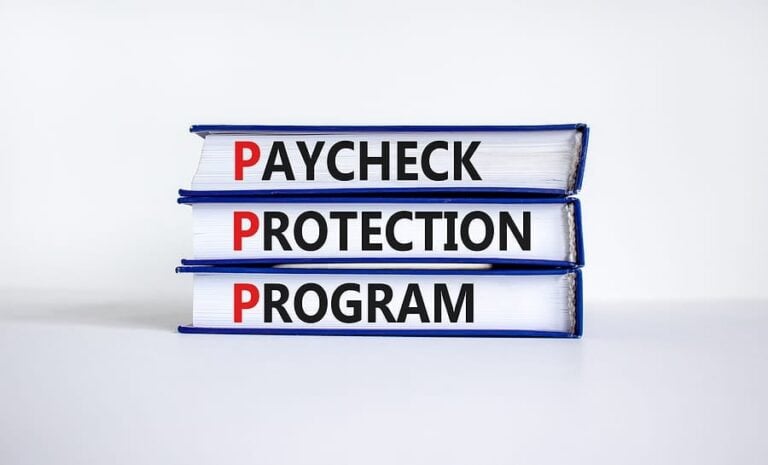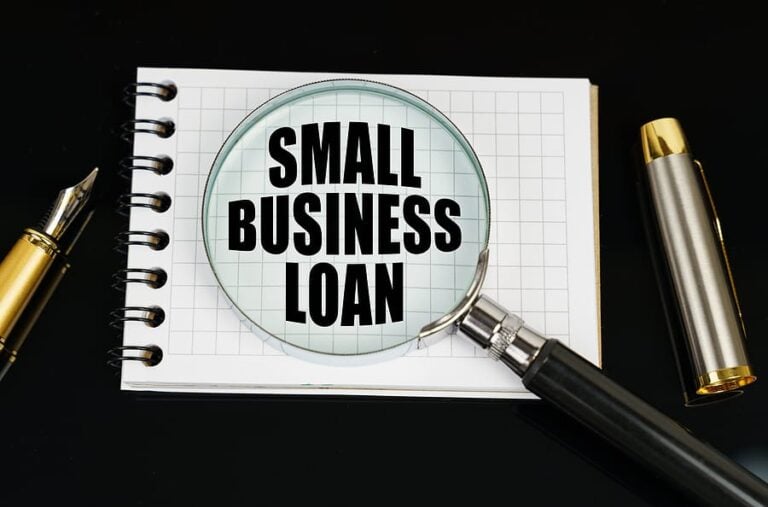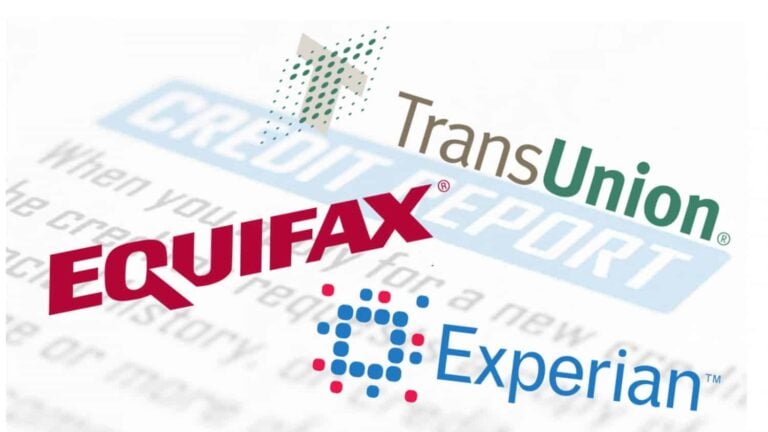When running a small business, taking down business debt in the form of a business loan, line of credit or business credit card is often an integral part of the process. Debt helps a company purchase equipment and inventory, hire employees, expand offerings and finance growth.
However, excessive business debt can place a company at risk while stifling cash flow – particularly when company operations fall short of expectations. However, when times get tough with too much business debt, there are steps that a business owner can take. Has your business been incurring a lot of debt? Here are steps to help your business get out of debt and regain financial freedom.
6 Steps to Help Your Business Get Out of Debt
Paying off business debt – like paying off any debt – usually takes time, patience and discipline. However, that doesn’t mean that the process has to take forever, and it also doesn’t mean that it’s supposed to be unbearably difficult. In fact, engaging in the process of business debt reduction can be somewhat straightforward – when you know the right steps to take.
The first step is to take inventory of your debts and prioritize them according to interest rate, size of monthly payment and any associated penalties. While it may make sense to simply attempt an avalanche method on your business debt (pay off your highest-interest rate debt first while making only the minimum payments on all of your other business debts), there are often additional aspects to consider.
Do you have any business debts, which if not acted upon more proactively, could lead to property, plant and equipment being confiscated? Would subjugating any of your business debts affect an important business relationship – such as those with vendors and suppliers who may lose interest in doing additional business with you? In either instance, you must make certain to think long-term and protect the interests of your business when prioritizing your business debt reduction.
How To Pay Off Business Debt
The second step in paying off business debt is to search for methods to increase revenue – so if your business doesn’t yet have a loyalty program, it’s time to create one. Promotions and loyalty programs raise customer satisfaction and retention – and the easiest path toward gaining a “new” customer is to generate additional revenue from an existing one. A word of caution – be careful not to offer excessive discounts on your products and services.
In fact, whenever possible, you should try to raise your prices and offer volume discounts on large orders. This is one reason why getting active on social media can prove rewarding. If you aren’t already, start communicating clearly the value-add of your products and services while monitoring your Google and Yelp reviews closely, quickly responding to comments when warranted.
The third step in paying off business debt is to look for ways to cut costs. Might it make sense to downsize to a smaller office, shared office space, or home office to save on rent and utility expenses? Can you find ways to share resources and employees with similar businesses? What about your relationships with your suppliers – can you arrange for deferred payment plans and any discounts that may aid in improving cash flow? A final consideration – albeit an unpleasant one – is to reduce headcount.
Two additional steps involved in business debt reduction involve “cleaning house” and shortening payment terms with your customers. First off, look into raising additional funds by selling excess equipment, inventory, office supplies, scrap, and any other items that are under-utilized.
Similarly, look to raise funds or save money by leasing any surplus office space or streamlining expensive phone systems. Then consider whether to shorten payment terms with your customers. If you are accustomed to providing ninety days for payment on invoices, you may want to shorten this term to 30 days, improve your cash flow and pay down your business debt faster.
If you currently have too many unpaid invoices, consider offering an early payment discount or late payment penalty to aid in alleviating the issue. You can also consider hiring a collection agency on a contingency basis to aid in your receivables collection.
Business Debt Consolidation
Finally, a sixth step to take when paying off business debt is to consider business debt consolidation. After all, when a business owner faces multiple high-interest rate monthly debt payments from a number of different creditors, things can get complicated.
Not only is it highly inconvenient to keep track of various payment schedules and billing cycles to ensure the avoidance of inadvertent late payments and fees, but it will often be far more expensive than making payments to one single creditor.
A business debt consolidation loan taken out at a lower blended APR (after assessing all fees, including prepayment penalties on existing debts) than the blended APR of the existing debt scenario can aid in strengthening monthly cash flow by reducing the monthly debt service payment while also reducing interest expense over the life of the debt.
Consult additional articles on this website for more information on business debt consolidation loans – or contact the debt reduction specialists at United Settlement today! Give us a call at (888-574-5454) or fill out our online contact form.
About the Author: Steven Brachman
Steven Brachman is the lead content provider for UnitedSettlement.com. A graduate of the University of Michigan with a B.A. in Economics, Steven spent several years as a registered representative in the securities industry before moving on to equity research and trading. He is also an experienced test-prep professional and admissions consultant to aspiring graduate business school students. In his spare time, Steven enjoys writing, reading, travel, music and fantasy sports.

Gabriel Gorelik paves the way for customer service and operations at United Settlement. He is passionate about numbers and holds a strong belief in helping anyone with their debt. Before United Settlement, Gabriel received his BS in Finance & Economics from Brooklyn College. After graduation, Gabriel went on to build his first financial services company where he managed thousands of accounts for business and consumer clients. He understands the importance of client satisfaction, professionalism, and exceeding expectations.









